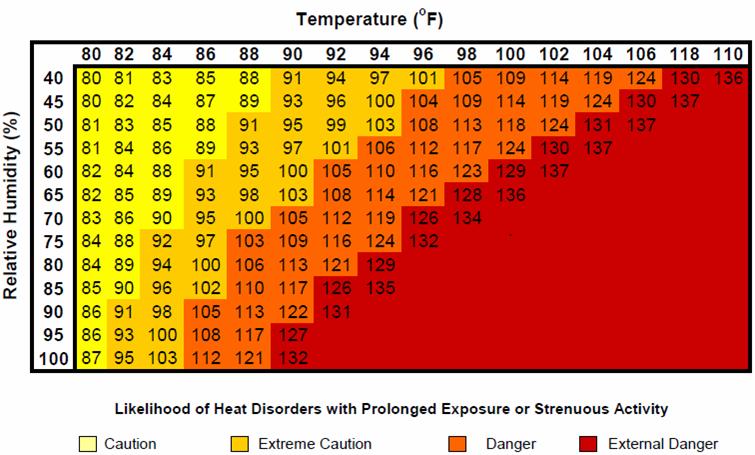Canine Heat Stress and Heat Stroke
Many of us like to take our pets with us on hikes. However, pets such as dog are very susceptible to heat stress or heat stroke, which could have dangerous or even fatal results. Dogs that are older, dark in color, have shorter muzzles, have a thick undercoat or are overweight are more at risk. In addition, dogs who have already suffered from heat stroke or heat stress are more at risk.
There are a few steps that you can take to help prevent canine heat stress or heat stroke.
- If it is going to be a hot day, go for a walk early before the heat index rises.
- Have your dog rest in available shady areas. If shade from vegetation is not in your area, shade your dog with your shadow.
- Bring plenty of water and make sure your dog drinks frequently so that it is properly hydrated.
- Constantly dousing your dog with water will help dissipate body heat and retain a cooler internal temperature.
Recognize when a dog is overheating!
Common symptoms include stopping in the shade, excessive and/or rapid panting, an unsteady or staggering gait, slimy saliva, dry nose, hot ears or bright red tongue and gums.
If your dog is showing any of the above symptoms or is already suffering from heat stroke, you must act quickly in order to help your dog. First, move your dog to a shady area and offer it water, but do not force it to drink if it does not want to. Next, soak your dog in cool (not icy!) water. It is important to bring the dog’s temperature down slowly, as going too fast can create more damage. Cool your dog’s underside (e.g., groin and armpits) and the pads of the feet with water or rubbing alcohol to reduce a dog’s internal temperature. After the dog’s temperature has returned to a normal range (100 – 102°F), get the dog to a veterinarian immediately. Even if the dog seems fine, its organs may have suffered damage and it should be properly examined.
Things that should be included in your dog friendly first aid kit:
- Plenty of water
- Electrolyte replacing products made for dogs
- Rubbing alcohol
- Instant ice packs
- Dog thermometer (a dog’s normal temperature is 100 – 102°F)
The Heat Index is a tool that provides an estimate of what the heat will feel like given the temperature and relative humidity. It is used to determine the risk of injury from the overall heat. As the humidity increases the effect of the heat intensifies. Keep in mind that canines will be more severely affected by high temperatures than humans, as they cannot cool down as efficiently.


